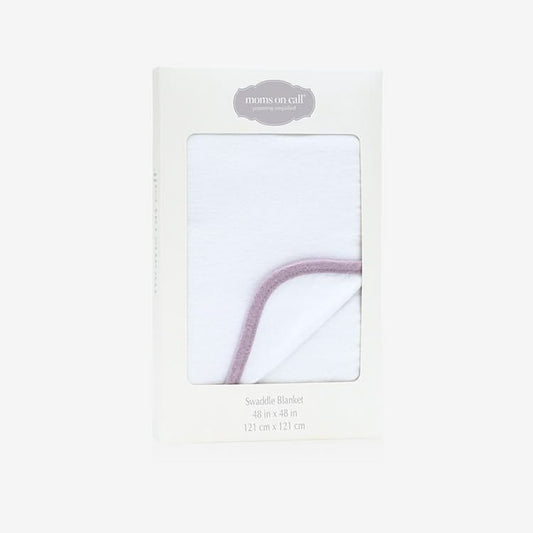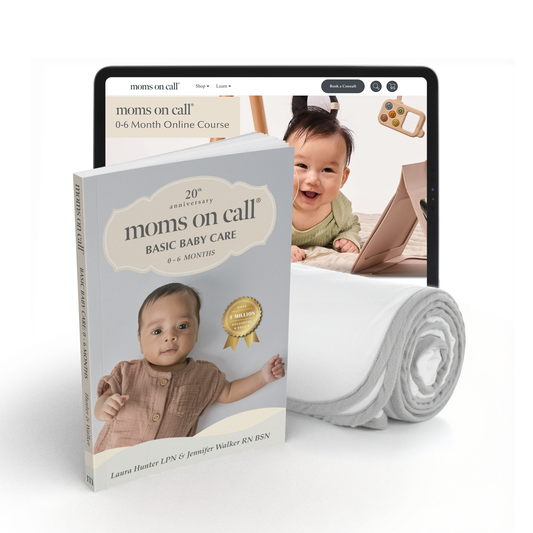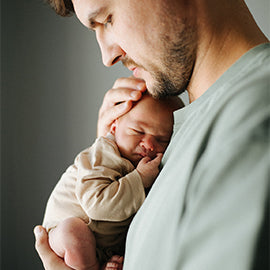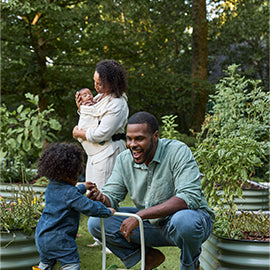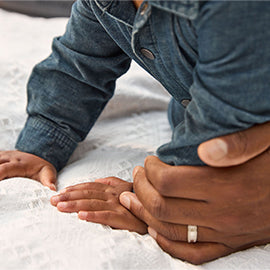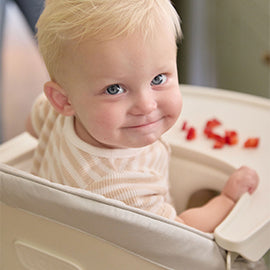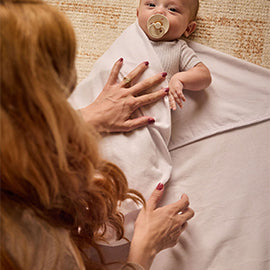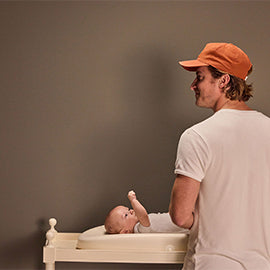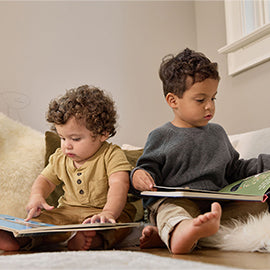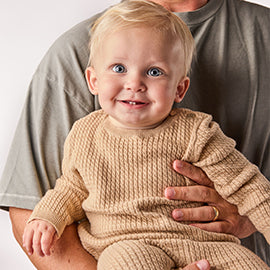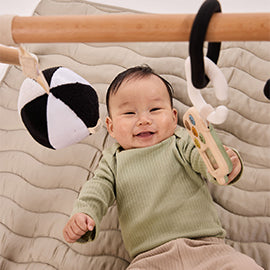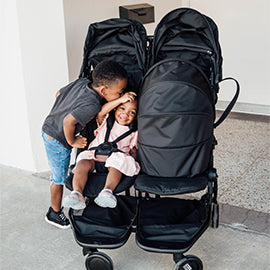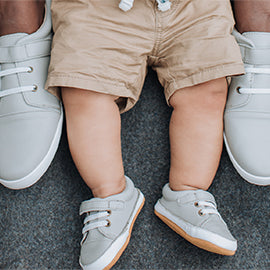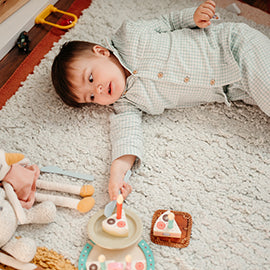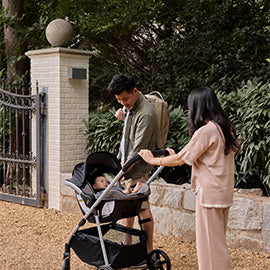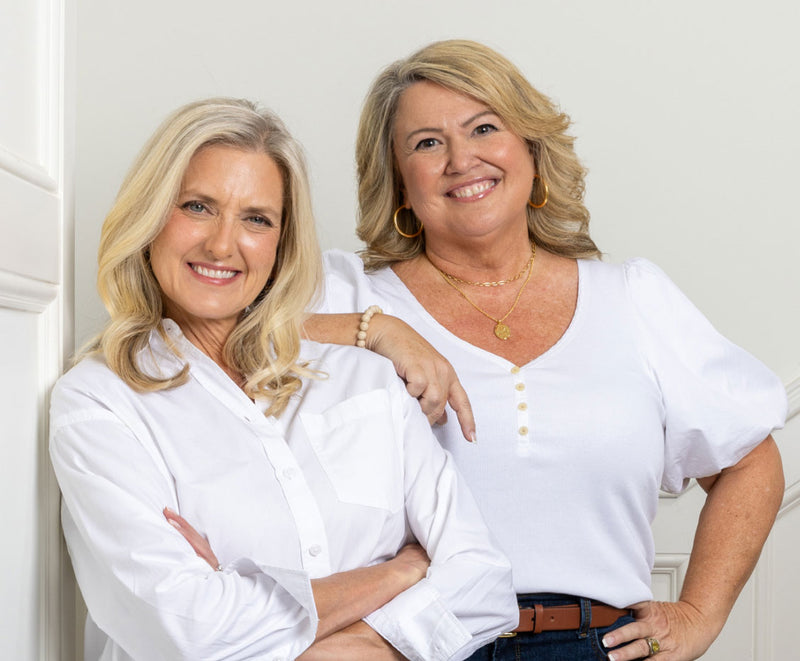As parents, we often face the delightful challenge of a toddler's unwavering refusal. They may look adorable, wagging their tiny, chubby finger at us and confidently voicing their very first "NO" to gauge our reaction. While it is reassuring to know that this is a normal part of their development, we understand that it may not always feel easy. As they test their boundaries repeatedly, the charm gradually fades away. However, remember that you are doing an incredible job as a parent, navigating this phase with patience and love. Keep up the great work!
How Do You Handle Your Toddler's "No" Stage?
Well, it is actually a lot like the instructions on a shampoo bottle that reads “shampoo, rinse, repeat” OK, we are not going to ‘shampoo’ or ‘rinse,’ but the best way to face your toddler’s “no” stage is to repeat, repeat, repeat (and if you have clean, fresh smelling hair while you do it, that is a bonus but not essential).
In Moms on Call fashion, we will break down the words to repeat to that curious little one so that you actually have hair left to wash. We aim to use this time to prepare them for later development. It is to give them a predictable structure for how this defiant gesture works (or doesn’t) so you can carry on with daily life activities in a positive way.
What to Say When Your Toddler Says "No"
Every time your toddler says “No,” you reply with
- A look of supreme confidence - eyebrows up
- Then say: “Not No,” “Yes, Ma’am (or sir), and do it.”
- Then help them do what you have asked of them as if there was never another option available in the world.
This will not make the “no” stop. It will just reset their thinking so that in the future (like after you have said this about 152,450 times and they are 3-4 years old), they will automatically know the proper response and start responding to it.
This is just a learning opportunity. We can use this time to instill the wanted response, which will carry them into pre-teen years. You will get to the point where they will say “No.” You will raise an eyebrow, and they will say, “Yes, Ma’am,” and do it.
The simple way to move forward is to repeat how we handle “no” in this house and then help them to follow. The great thing about toddlers is they respond to simple repetition. And any parent who has played “pick-up-the-sippy-cup” can attest: they really love things on “repeat” (soft, clean hair not required).
Looking for more tips on toddler behavior? Get our Toddler Collection that includes everything you need to communicate with your toddler effectively, set boundaries, motivate positive behavior, and so much more!
